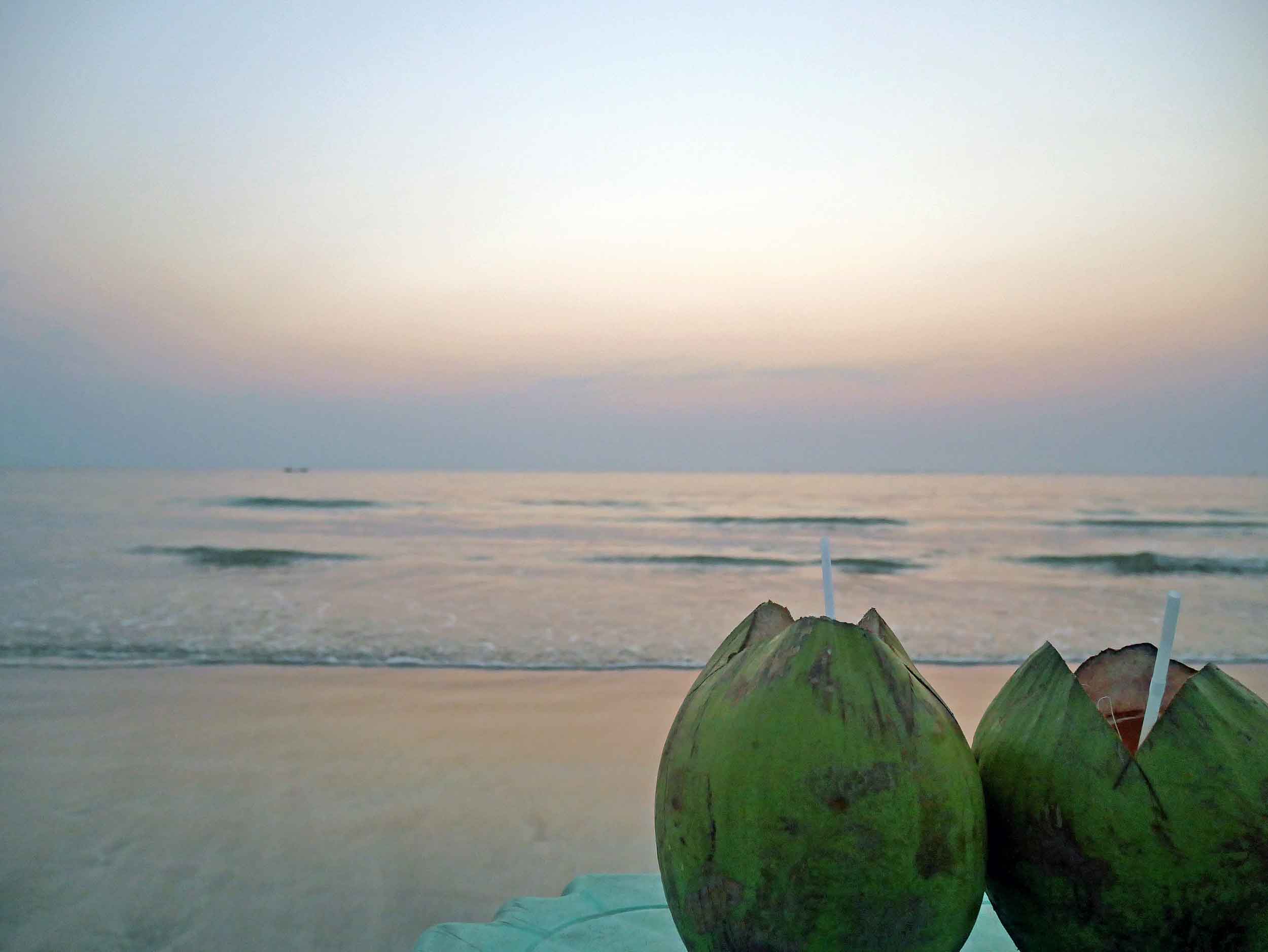A Golden Dawn in Myanmar
Much of what makes Myanmar so fascinating—still relatively untouched by the Western world, steeped in Buddhist culture and Burmese tribal tradition and language—can become its challenge, especially when veering off the traditional tourist trail. We spent nearly three weeks meandering through this “Golden Land,” as it is known, and despite language barriers, occasional logistical frustrations, and a long night for one of us on a bathroom’s cold tile floor, we were glad for an indigenous experience and pockets of unchanged people.
While still facing enormous challenge even as we visited, we witnessed firsthand the double meaning of this country’s gilded moniker: literally, from the soft apricot-colored sunrises we beheld from atop ancient pagodas in Bagan to a panoramic sunset contemplation after a day of trekking through the Shan hills, and symbolically, as tourism explodes thanks to eased borders and opportunity for great change is embraced. Wherever we visited, we couldn’t help but feel the cautious optimism and recently grasped empowerment of a long-oppressed people on the cusp of a Golden era.
Our first stop was Yangon, the country’s largest city, where we awoke before 5am to make the pilgrimage of so many others to the famed Shwedagon Paya, a sprawling gold pagoda complex in the heart of the former capital. Brilliantly lit and shimmering in the dark of night, we were early enough to witness faithful locals and holy monks lay out their assorted daily offerings and chant in quiet solitude. As the sun began to rise and the pagoda’s gilt coloring changed before our eyes, we paused to take in the smells of smoky incense and floral gifts and the sounds of tiny bells and a young choir singing in devotion.
We soon left Yangon on a six-hour bus ride through the Burmese countryside for a few days respite in the west coast town of Ngwesaung, located on the Bay of Bengal. While young men and women buzzed by on motorbikes and small boys galloped through the water on horses, we soaked up the sun on the wide, spacious beach and recharged both our bodies and souls.









From the coast to Bagan, located in the middle of the country, we found ourselves on crisp, early morning moto rides, scaling crumbling shrines for a peek at the magic of sunrise over moody, temple-studded horizons. With more than 2,000 monuments dotting the landscape, this area is other-worldly, and we spent several afternoons and well into evening (including magnificent sunsets) exploring the many awe-inspiring tributes of the Buddhist faith.
A 12-hour slow boat then took us up the expansive Irrawaddy River to Mandalay, offering a unique vantage of quotidian activity along this life-giving water and numerous moments to consider both the beauty and hardship of this land.









Once in Mandalay, we received further glimpse of Buddhist devotion as we climbed the many countless steps to the Sutaungpyei Pagoda high atop Mandalay Hill, which at nearly 250 metres offers a haze-obscured vista of the city. Nearby, iconic U-Bein Bridge, at more than 160 years old and 1.2km long, took on an amber glow as the sun set, reflecting itself in the calm water and demanding the question, to where is everyone crossing?








We wrapped up our tour with a two-day hike from Kalaw, just south of Mandalay, to mystical Inle Lake, which took our breath away (literally, as we skimmed along in long tail boats). Quiet sunrise moments with the balancing fishermen in their beautiful dancing quest juxtaposed the bustle of daily life as we zig-zagged through the local market and glided past farmers hard at work tending to their floating gardens.


















Leaving Myanmar, we felt fortunate to have visited during a time of what appeared to be great opportunity and spirited optimism but before the stresses of mass tourism are too egregiously felt. We thank you, Myanmar, for your golden light and wish that it only shines brighter across your beautiful land in the years ahead.



